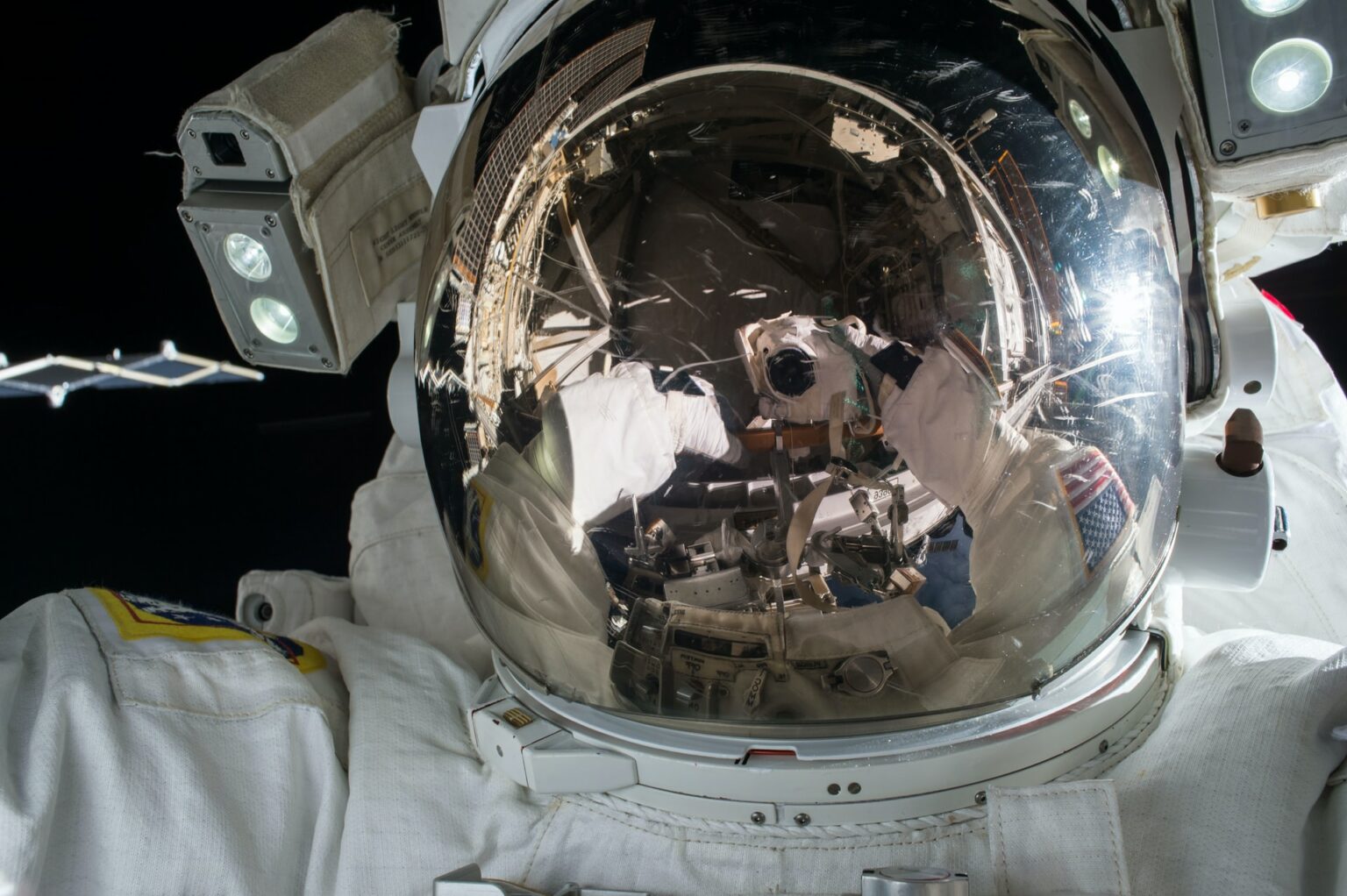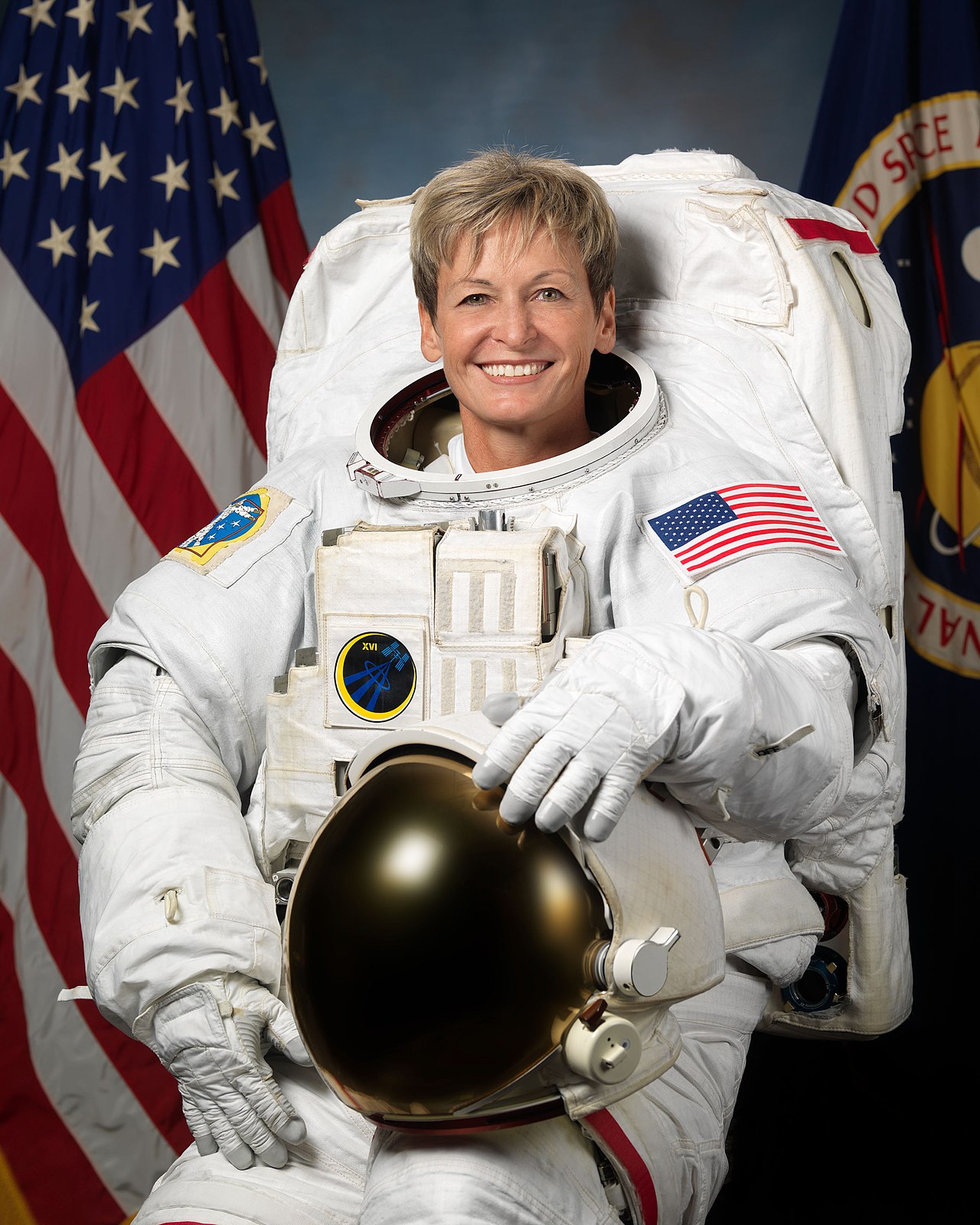Every day the Earth is attacked by ionizing radiation — high-energy waves that can knock electrons out of the body’s atoms. They are created by the Sun and intergalactic high-energy rays from exploding stars. High doses of ionizing radiation can even lead to radiation sickness and cancer. Fortunately, our planet’s magnetosphere and atmosphere prevent almost all of this radiation from reaching the Earth’s surface. But on the International Space Station (ISS), which is still protected by the magnetosphere rather than the atmosphere, astronauts are exposed to higher levels of ionizing radiation, which increases the risk of cancer during their careers.

Under current limits set by NASA in 1989, the effective dose limit for an astronaut’s career is based on 3 percent risk of death from cancer in life as the upper limit of. This risk is assessed by a special scale depending on age and gender, ranging from a lower radiation limit of 180 millisieverts (mSv) for a 30-year-old woman to an upper limit of 700 mSv for a 60-year-old woman. Why do female astronauts have a lower limit of radiation exposure than male astronauts?
Gender differences
According to R. Julian Preston, a special officer of state in the Radiation Protection Division of the US Environmental Protection Agency, NASA’s lower radiation threshold for female astronauts was based on the following study. When women and men were exposed to high levels of radiation during the same periods of time, women were more than twice as likely to develop lung cancer as men.
“The study is based on data collected after the atomic bombing of Japan. Women have been shown to be more sensitive to ionizing radiation than men, especially to lung cancer”, — Preston said , a member of the National Council’s Committee on Radiological Protection and Measurement.

These recommendations had real consequences for the career. In 2018, former NASA astronaut leader Peggy Whitson, who publicly expressed dissatisfaction with radiation restrictions for astronauts, had to resign after reaching the radiation exposure limit at age 57.
Threshold of 600 mSv for all astronauts
It is expected that the recommended limit of radiation exposure may change in the near future. In 2021, NASA asked a group of experts convened by the National Academies of Science, Engineering and Medicine to evaluate the aerospace administration’s plan to change the radiation limits to 600 mSv for all astronauts of all ages. NASA has set this limit by applying the cancer risk model to the most susceptible people: young women at the beginning of their astronaut careers. The agency calculated the average risk of death from exposure to this group and reviewed the risks. It turned out that the permissible level can be much higher than before. This dose is 600 mSv, which the astronaut will receive during four six-month expeditions to the ISS. This means that women may have more time to stay at the space station.
The plan, proposed by NASA, also includes lifting the exposure limit for longer missions, such as a possible flight to Mars. During this time, astronauts are exposed to approximately 900 mSv. It is supposed that the corresponding dose will be probably less than the 1000 mSv exposure that European, Canadian and Russian space agencies are now setting up for their astronauts.
We should remember that earlier, an astronaut warned Tom Cruise about a terrible smell on the ISS.

